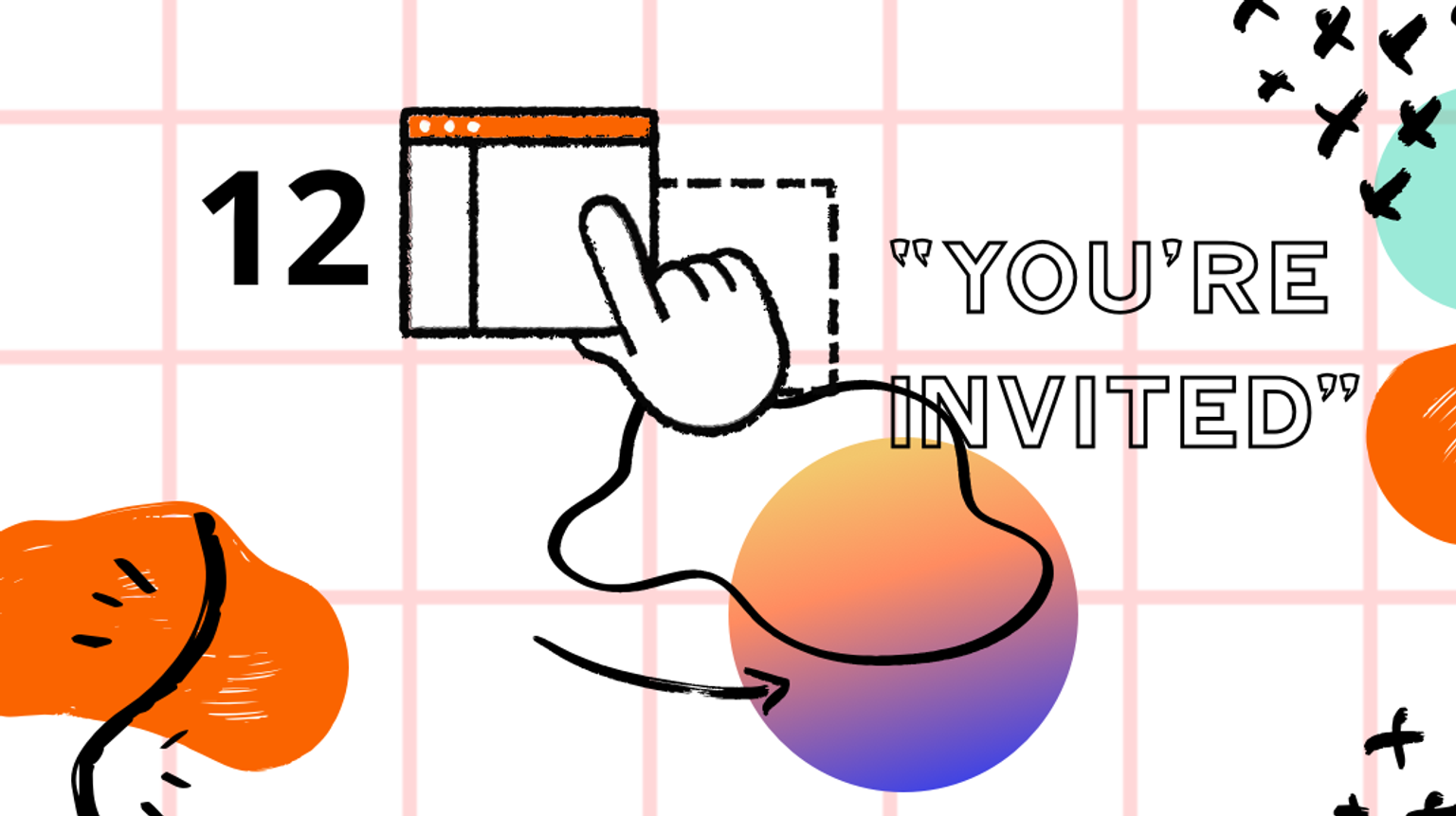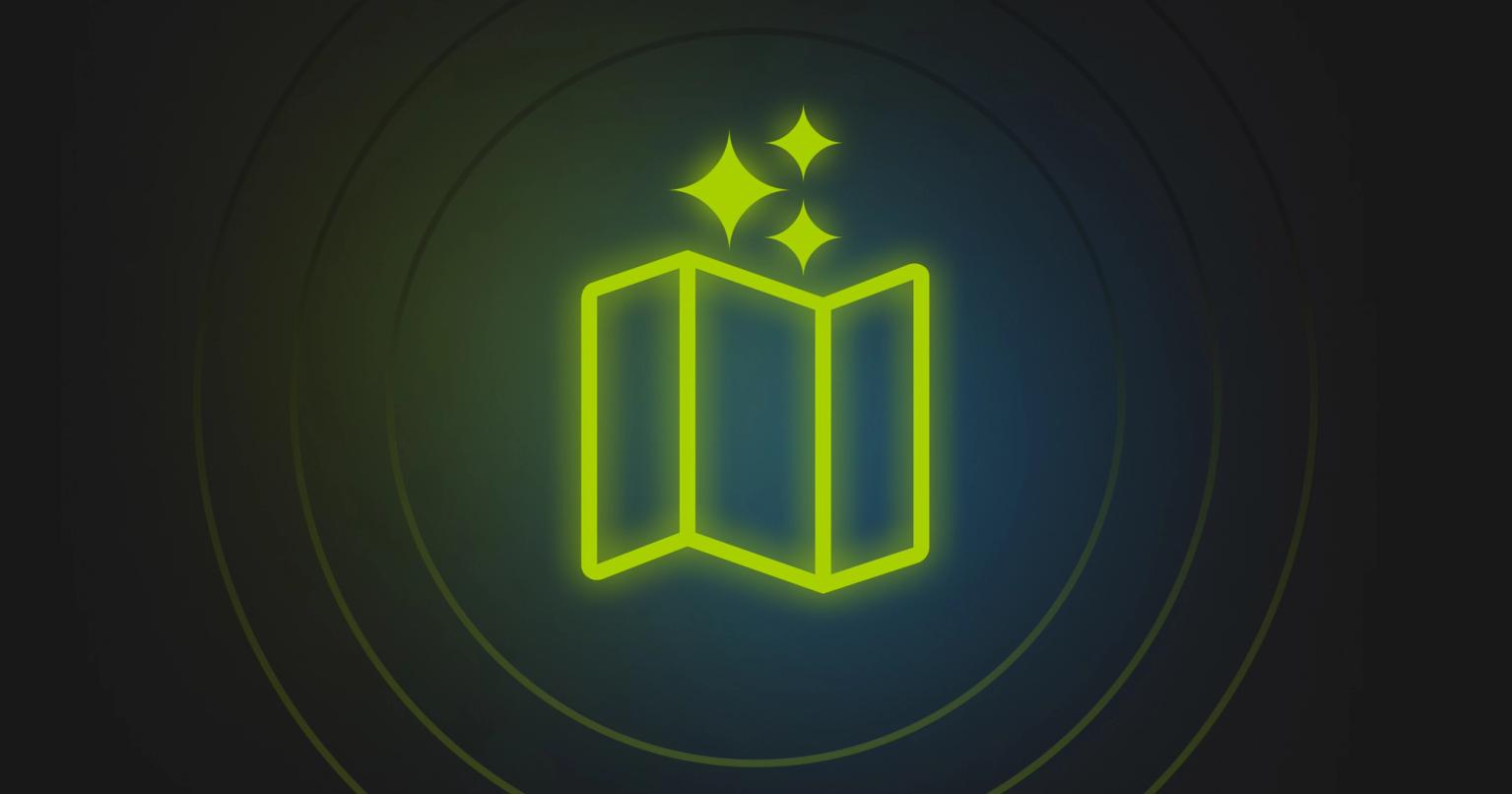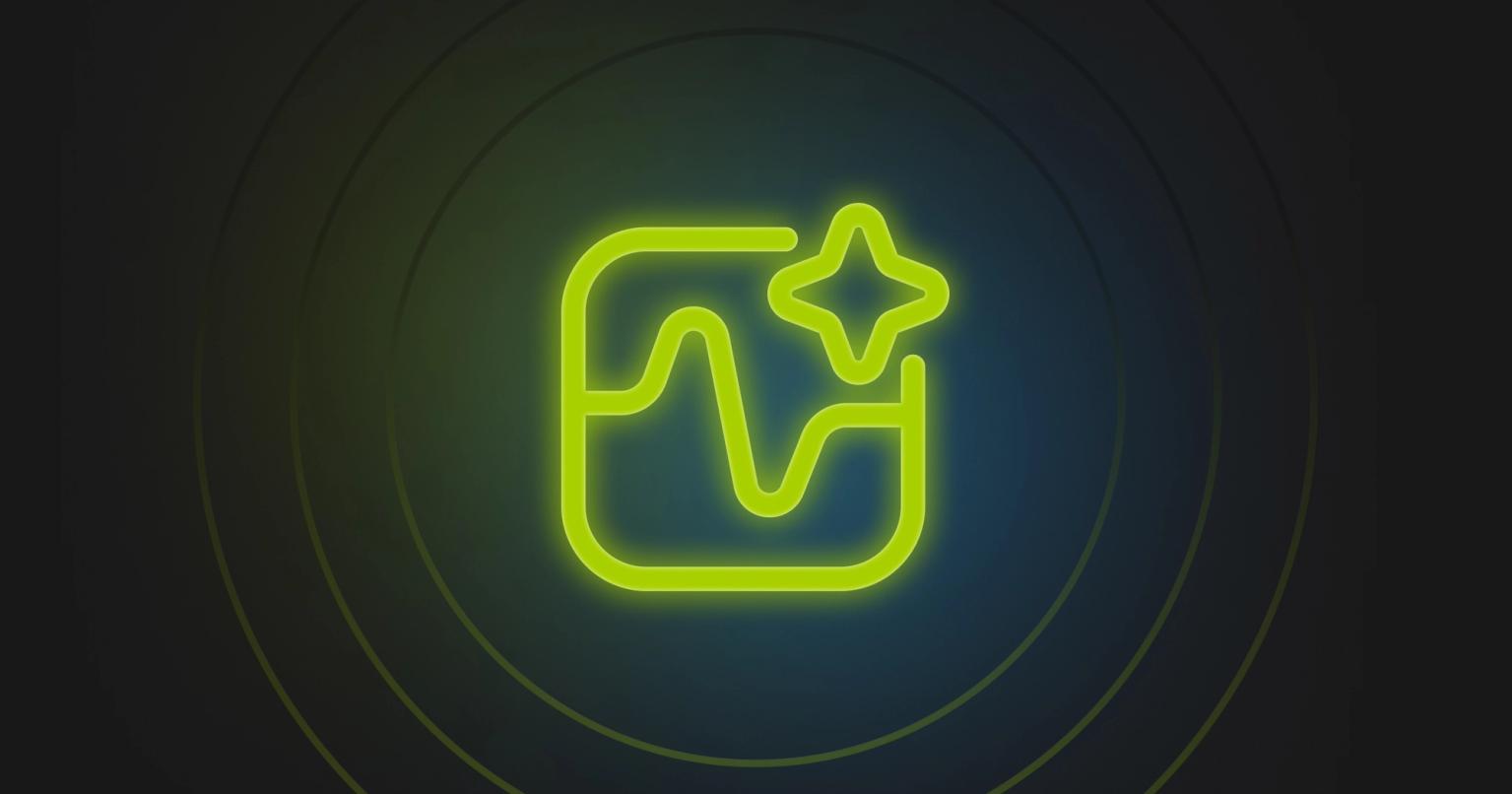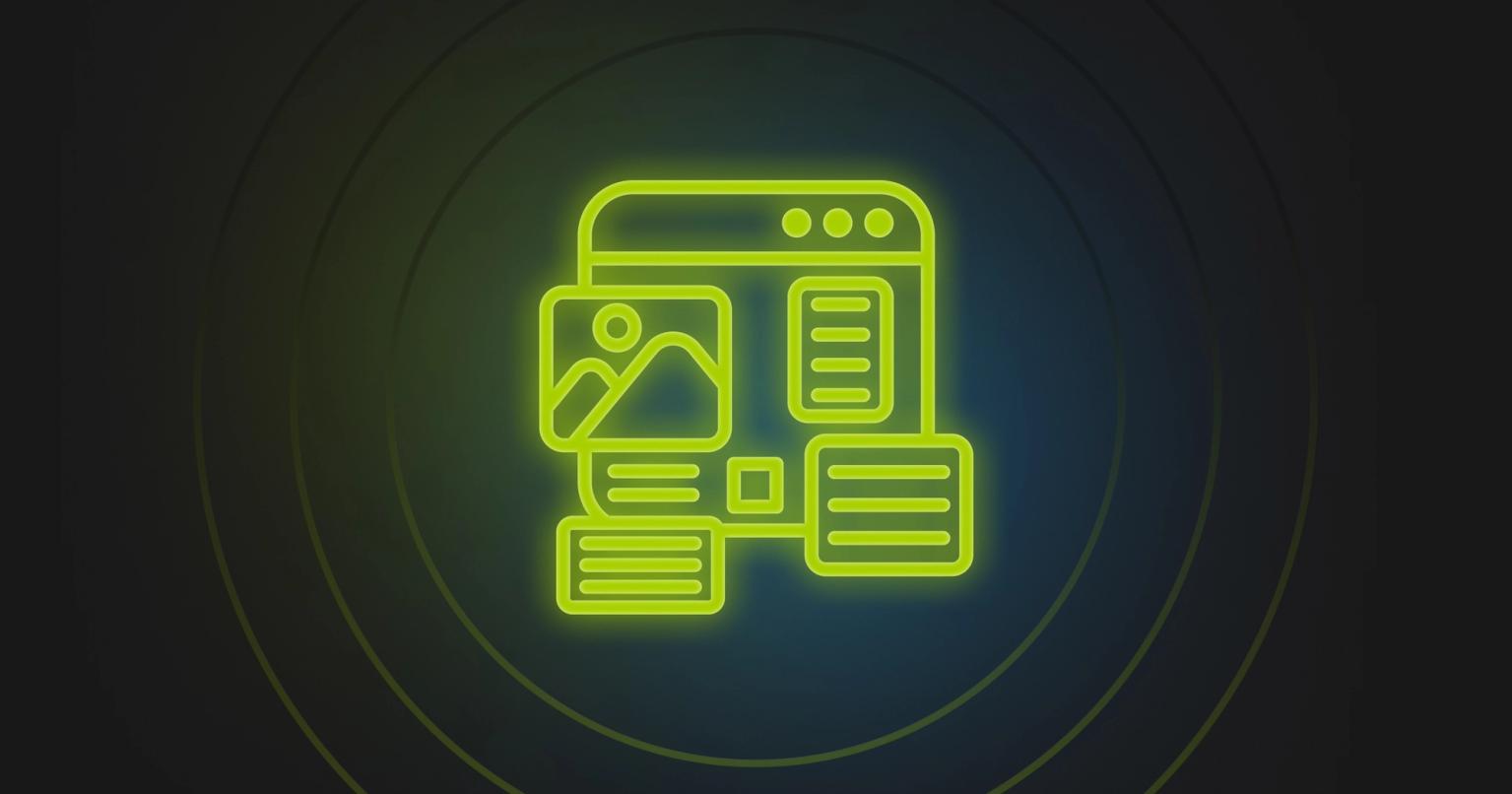How Knak Does Email: Creating An Event Invitation Campaign

Tania Blake
Director of Marketing, Knak
Published Mar 10, 2020

Summary
Master event invitation campaigns with Knak's guide: from design balance to strategic reminders, elevate your email invites for maximum impact.
If you’re hosting an event, say, a cocktail party, dinner, after work mixer, even a webinar, you’re going to want people to be there.
How do you make that happen? You create an invitation campaign.
Invitations need to hit the right balance of design and function. Yes, you want it to look great, but you also need to make it easy for readers to find the relevant info. No one should have to click through an email to find out when and where your event is.
We were planning to host a couple of incredible events at Adobe Summit this year. We had a party planned with a couple of our partners at minus5° Ice Experience, as well as a more intimate event scheduled with our clients. Unfortunately, our plans – and the entire conference – were cancelled by health concerns. But since we’re not “wait until the last minute” people, our invitations have already been created.
And since we’re not using them for anything else, we wanted to share them with you. Check out the method behind our invitation campaign along with some best practices for creating your own.
Here’s what’s in our campaign:
- The initial invitation
- Two landing pages: one for a “Yes” RSVP and one for a “No”
- A confirmation page for “Yes” RSVPs
- A last chance reminder for those that haven’t responded yet
- A day-of reminder
- A thank you/follow up message
Best Practice #1: Keep the details front and center
Invitations need to answer a few basic questions:
- Who’s throwing the event
- When & where it is
- What the value proposition is
This is our invitation for the Summit party:
Everything you need to know is easy to find. You can tell at a glance:
- Who’s throwing the party – Knak and three of our amazing partners
- When and where it is – March 31 at the Minus5° Ice Experience
- How to RSVP – Giant CTA at the top
- Value prop – a chance to attend one of our legendary parties, plus a unique networking opportunity
Keep the user experience top of mind when you’re designing these. As we said above, no one should have to click through the invitation to find the details.
Best Practice #2: Cover the bases, and then stop
We know it’s tempting to explain exactly – and in great detail – why everyone should be at this event, but the truth is, your readers are likely just going to scan the invite and quickly decide if they’ll come.
Limit your copy to a couple of sentences. If something related to the event needs to be explained in greater detail, save it for the confirmation message after they RSVP.
Best Practice #3: Put your CTA to work
CTAs are incredibly useful, so put them to work for you. Let’s say someone clicks the “Yes, I’ll be there!” button in our invite here. A few things will happen:
1. They’ll be taken to this landing page where they can confirm their RSVP and learn a bit more about the party.
2. The “Join Us” form will auto-fill with their info, meaning they’re just one click away from being registered.
After they click “Reserve My Spot,” the confirmation page includes an “Add to Calendar” button that links the event directly to their calendar.
Best Practice #4: Use your branding strategically
These invitations are highly reminiscent of the Knak brand. They use our colours and fonts, and the images fit right in with those in our newsletters and blog posts.
Now, different events call for different design, so we’re not suggesting that your tiki party have the same branding as your webinars, but we do recommend that your entire invitation campaign uses the same design elements.Each one of the pieces in our campaign has a similar style. They look like they belong together, and they look like they’re from us.
Best Practice #5: User experience is king
No matter how good your design is, if your invitation is hard to decipher, looks cluttered, or involves unnecessary steps, readers will lose interest quickly.Focus on delivering the best possible user experience:
- Include maps
- Put the time, date, and location on every message
- Give them the option to add the event to their calendar
- Add small animations to engage readers
Best Practice #6: Reminders should create a sense of urgency
We include two reminders in our campaign:
- A last chance reminder to RSVP
- A day-of reminder for those who said yes
The good news here is that if you give them the option of adding the event to their calendar, you’re not the only one sending them reminders (thanks, Google).
However, it’s important that your reminders don’t look like an afterthought. Use them to create a sense of urgency:
- Over 500 people have registered!
- Only 15 spots left!
- Registration closes at midnight!
- Doors open at 6 tonight!
Keep your design consistent with the rest of the campaign, and use a few well-selected numbers to remind people that this is a can’t-miss event.
Best Practice #7: Say “Thank You”
Saying “thanks” to everyone who attended your party goes beyond good manners. It’s also a great opportunity to engage with your attendees as soon as they’re back in the office.
Include a compelling CTA, and use your event follow up email to add value to the relationship.
- If you hosted a webinar or other educational event, include a link to a download or other piece of relevant content.
- If you hosted a social event, include a link to photos of the event, and encourage guests to tag themselves or post their own photos on your social media sites.

You can also encourage guests to leave a review of the event, take a brief survey, or share a key learning.
Your thank you message doesn’t need to be complex. Just be sincere, and give them an opportunity to engage with you again.
Key Takeaways
The takeaways for your invitation campaign are simple:
- Make user experience a priority – your readers likely get hundreds of emails a day. Make it easy for them to find the relevant details and respond.
- Make it beautiful – the design shouldn’t get in the way of a good user experience. Choose a design that underscores your event and your brand, and be consistent with it throughout the campaign.
- Make them want to come – a succinct, compelling value proposition makes all the difference here. Tell them why they can’t miss it, and use reminder emails to underscore your point.
- Make it simple – Use prominent CTAs, include maps, make sure the date and time are highly visible on every message, give them the option to add it to their calendar.
And one final note here: these beautiful invitation campaigns you’re creating can be easily built in Knak and leveraged into your automation platform. That way, the modules you build can be used in multiple pieces, saving time for your team and generally making life simpler throughout the process.
It’s basically a win/win situation, and if you’d like to learn more about it, check out our products page.
In the meantime, use these tips to set the stage and fill the seats at whatever it is you’re hosting next, or head over to our Email Gallery to get inspired by other top-performing event invite email examples.











